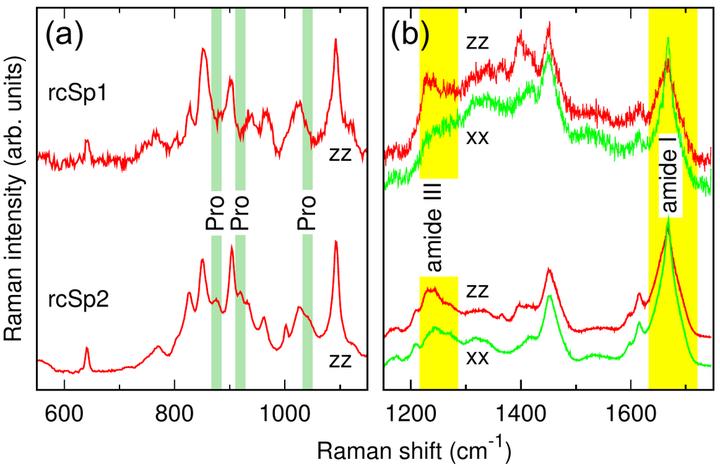
Abstract
The mechanical behavior and microstructure of bioinspired fibers spun from solutions of recombinant spidroin-like proteins were extensively characterized, and compared with those of natural spider silk fibers. It is confirmed that high performance bioinspired fibers indistinguishable from natural spider silk up to large strains can be produced through genetic engineering and conventional spinning technologies. It is also found that fibers spun from spidroin-like proteins that contain different motifs of sequence exhibit variations in their microstructure in terms of crystallinity and chain alignment, but these differences are not reflected in distinct tensile properties. This similarity in terms of their mechanical behavior indicates that bioinspired fibers are largely independent of their exact sequence of recombinant proteins and, in particular, of their proline content. Finally, it is shown that the largest differences between natural and bioinspired fibers are found at very large deformations, marking the ultimate challenge in the synthesis of silk-like fibers.
Full citation
M. Elices, G. Guinea, G. Plaza, C. Karatzas, C. Riekel, F. Agulló-Rueda, R. Daza, and J. Pérez-Rigueiro,
“Bioinspired fibers follow the track of natural spider silk,”
Macromolecules 44, 1166–1176 (2011).
DOI: 10.1021/ma102291m